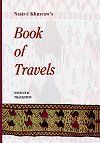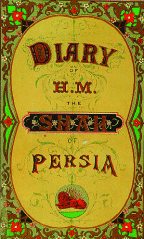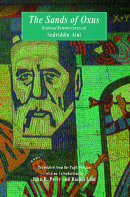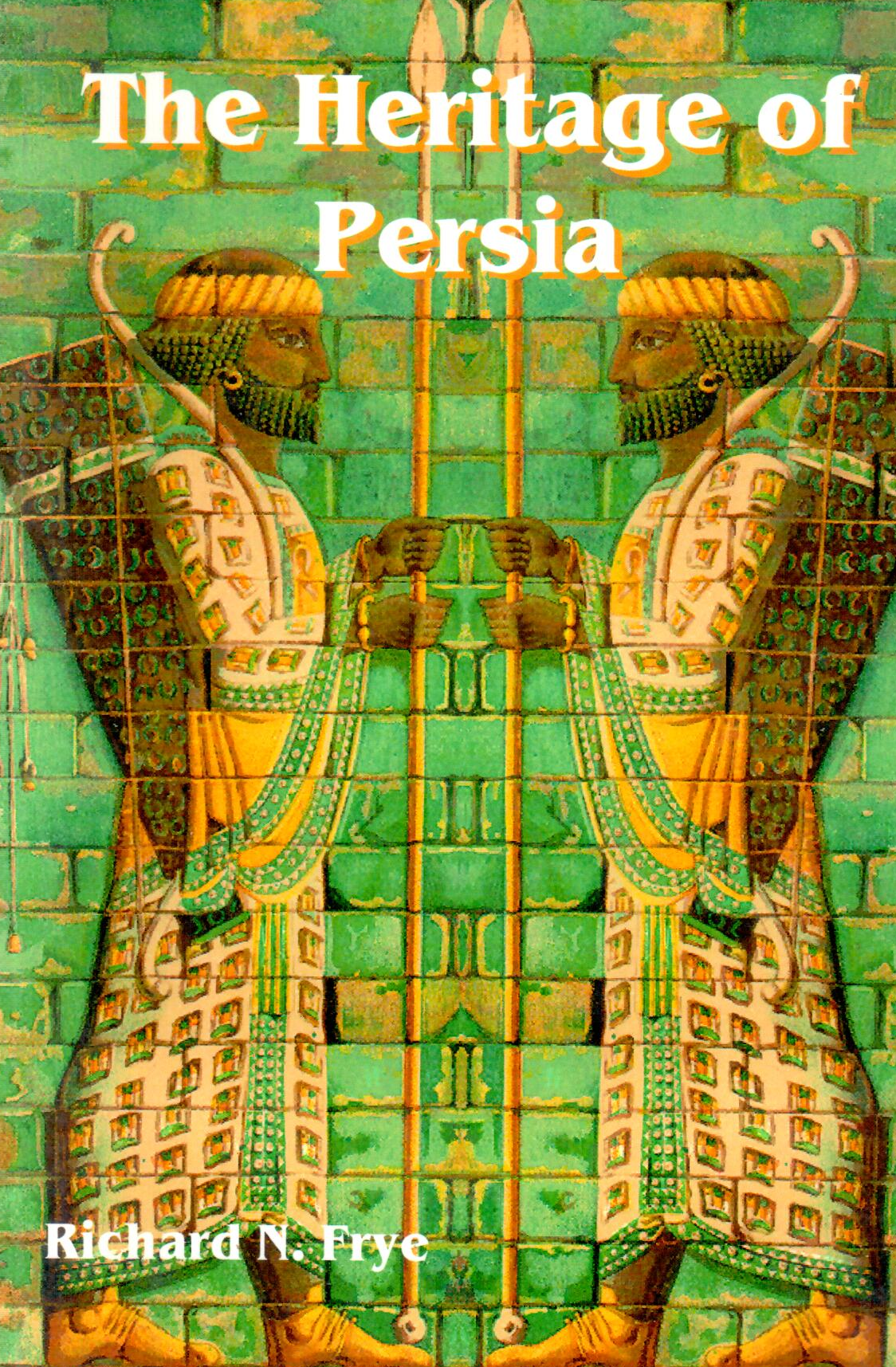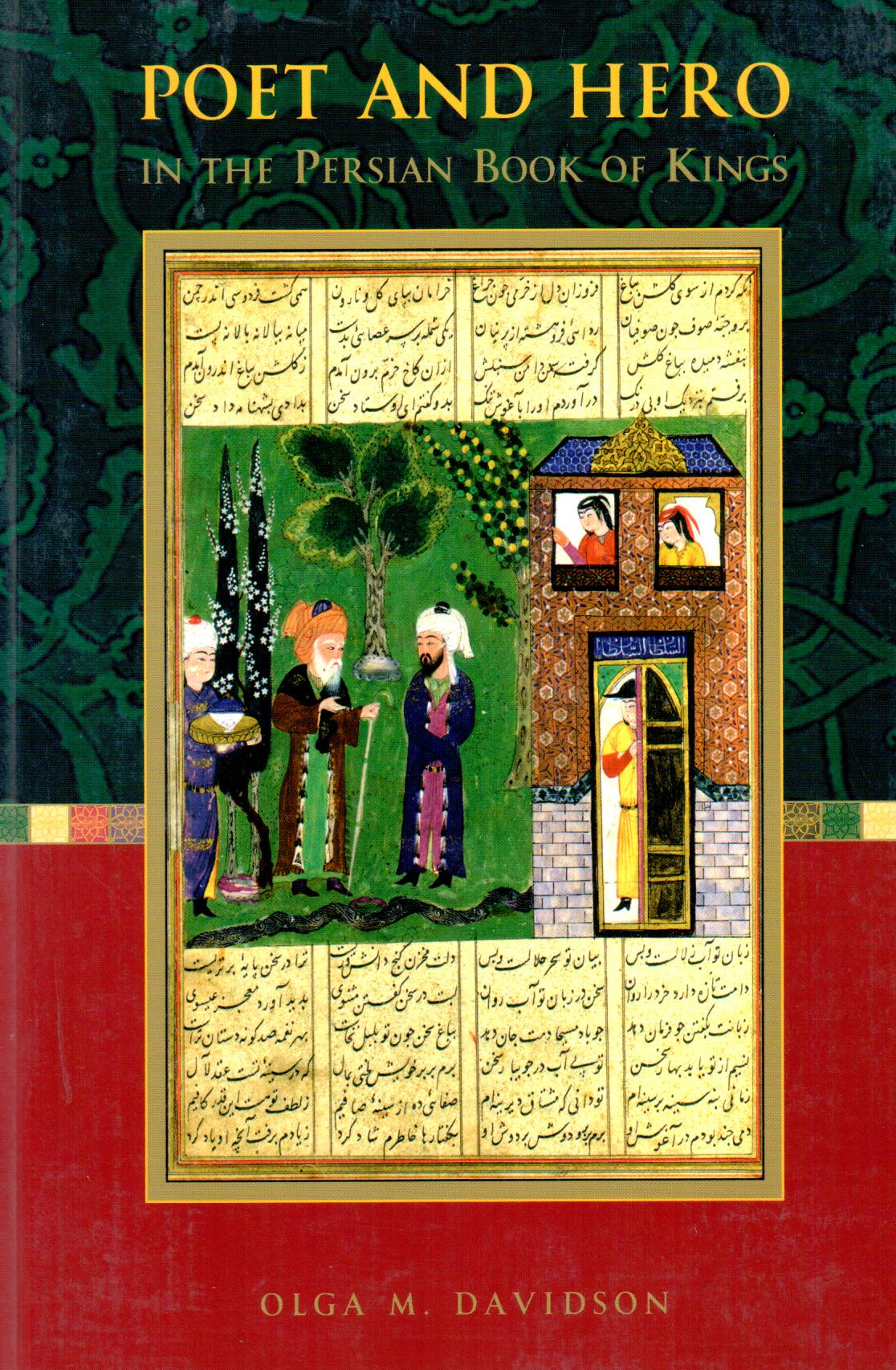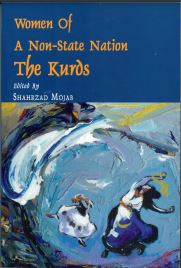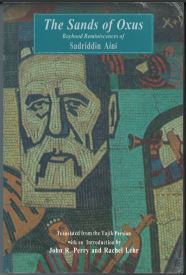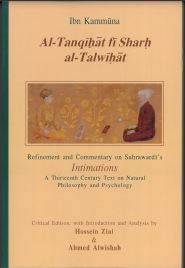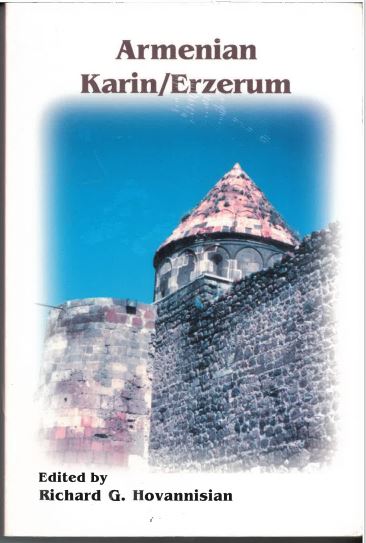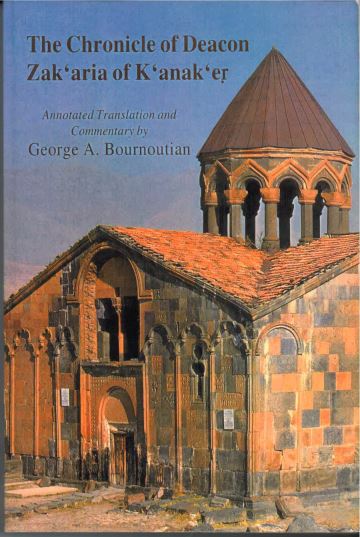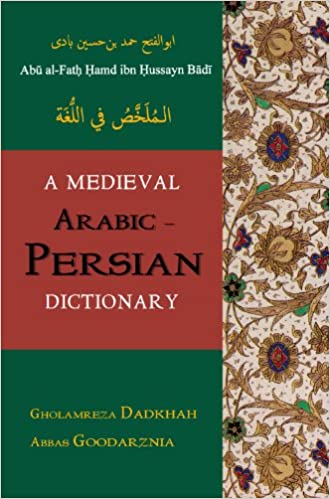Nasir-i Khusraw´s Book of Travels: English 2001
سفرنامه ناصر خسرو
19.64 £
Share
Wishlist
Original Title:
سفرنامه ناصر خسرو
ISBN:
1568591373
Translator:
Wheeler M Thackston Jr
Publisher:
Mazda Publishers
Age Group:
Adult
Pages:
172
Weight:
508 g
Dimensions:
14 x 21 x 1.2 cm
Book Cover:
Paperback
Nasir-i Khusraw, well known for his philosophical works and ranked as one of the great poets of Persian, made a seven-year-long journey that began in his native Marv in the spring of 1046 and ended at Balkh in the fall of 1052. The impetus for leaving behind the life of a revenue administrator and poet was a dream-vision that awakened him from a \forty-year sleep of heedlessness] and sent him on a \quest for truth.] Nasir had originally announced his intention to make a pilgrimage to Mecca, but instead of joining a caravan for the Hejaz at Nishapur, he took a northern route across the Caspian coast of Iran, into eastern Anatolia and down into Syria and Palestine. Although he did make a pilgrimage for Jerusalem, he returned to Palestine and thence made his way to Egypt and Cairo, the seat of the Fatimid caliphate, where he remained for three years, during which he made two pilgrimages to Mecca. Leaving Egypt the third and final time, he made his way down the Nile and across the Red Sea to the Hejaz, crossed the Arabian peninsula to Basra and finally returned to Balkh through southern Iran. The record of his adventures, observations and experiences is contained in his travelogue,
more
Nasir-i Khusraw, well known for his philosophical works and ranked as one of the great poets of Persian, made a seven-year-long journey that began in his native Marv in the spring of 1046 and ended at Balkh in the fall of 1052. The impetus for leaving behind the life of a revenue administrator and poet was a dream-vision that awakened him from a \forty-year sleep of heedlessness] and sent him on a \quest for truth.] Nasir had originally announced his intention to make a pilgrimage to Mecca, but instead of joining a caravan for the Hejaz at Nishapur, he took a northern route across the Caspian coast of Iran, into eastern Anatolia and down into Syria and Palestine. Although he did make a pilgrimage for Jerusalem, he returned to Palestine and thence made his way to Egypt and Cairo, the seat of the Fatimid caliphate, where he remained for three years, during which he made two pilgrimages to Mecca. Leaving Egypt the third and final time, he made his way down the Nile and across the Red Sea to the Hejaz, crossed the Arabian peninsula to Basra and finally returned to Balkh through southern Iran. The record of his adventures, observations and experiences is contained in his travelogue,
more

